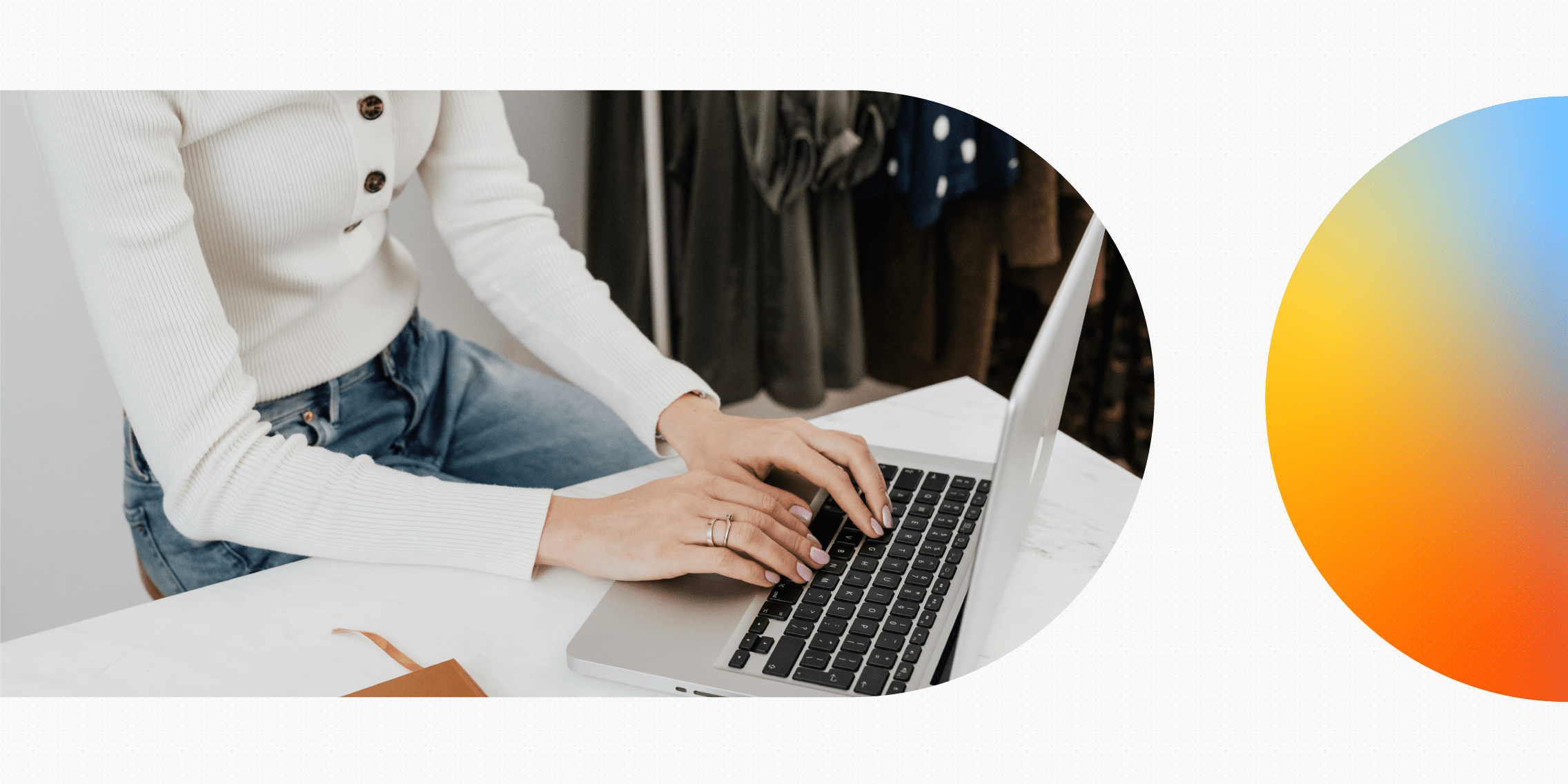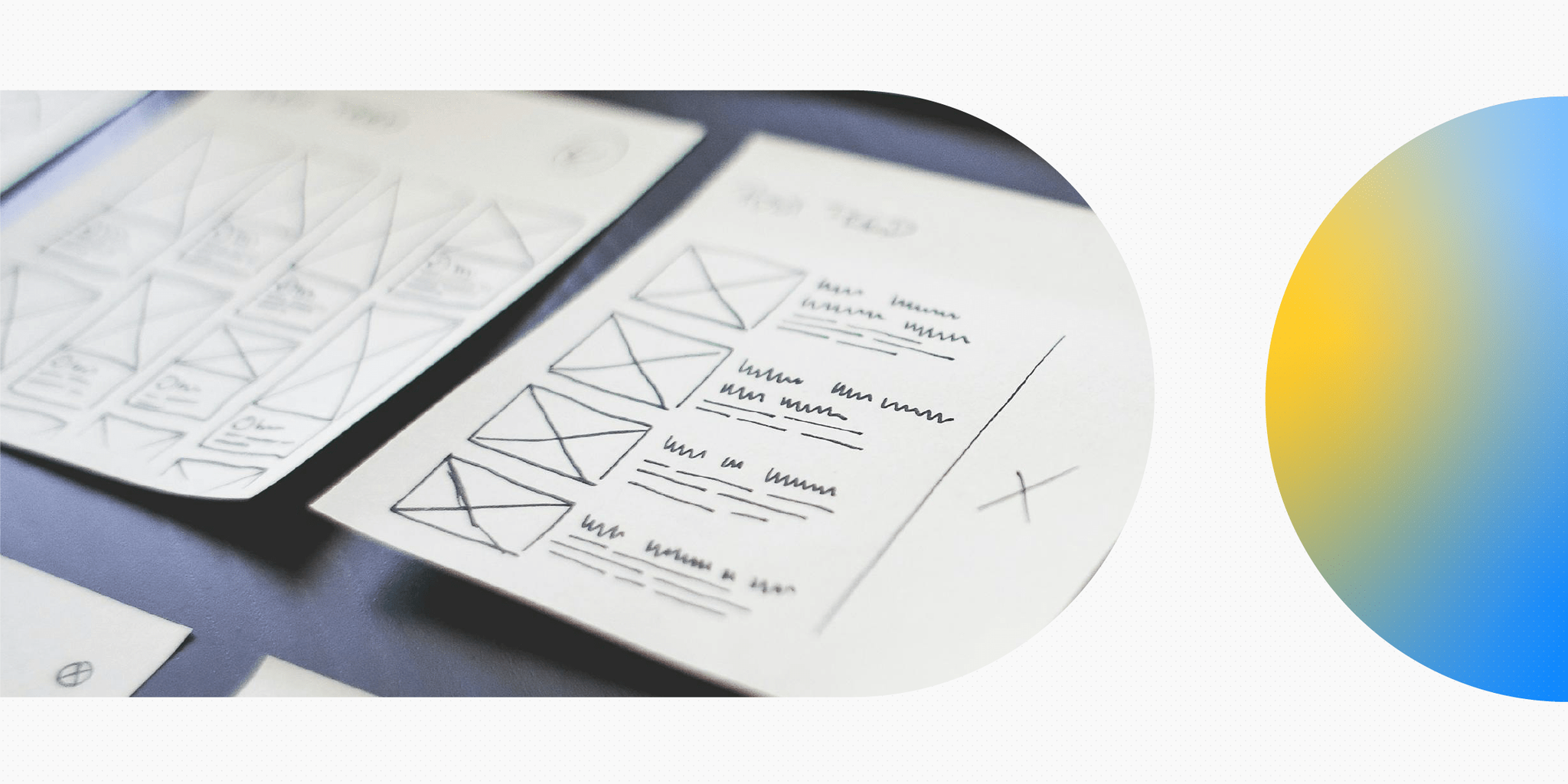The title product designer seems straightforward enough and before digital products came into the picture… it was. Back then, product designer was simply another name for an industrial designer, someone who designs manufactured products, such as cars, office supplies and soap bottles.
Today however what does a product designer do? The title product designer is used in the interactive industry to describe a person who’s responsible for designing digital products and has expertise in all or some of the following: UX design, UI design, project management, business and even front-end development.
Given the number of hats that product designers can wear, it’s no wonder the title has led to a great deal of confusion within the industry. In this post, we’ll shed some light on what a product designer is and what they do, while also explaining the differences between the roles of product designer and UX design as well as product designer and UI designer.
Here’s what we’ll cover:
- What is a product designer?
- What is a UX designer?
- What is a UI designer?
- What’s the difference between a product designer and a UX designer?
- What’s the difference between a product designer and a UI designer?
- What does a product designer do?
What is a product designer?
A product designer oversees the design of a product from inception to completion, with an eye toward both user needs and business goals. This means product designers may do everything from perform user research and competitor analyses at the beginning of the project development process, create site maps, wireframes, prototypes and UI style guides during the design process.
They will also perform front-end coding and oversee the development team at the end of the process. Product designers also continue to be in charge of the product after it launches, running tests to ensure users are happy and developing solutions when there are issues.
While this may seem like a lot for one job, many product designers aren’t solely responsible for each part of a product’s design. In fact, at certain companies, the difference between a product designer and a UX designer is little more than their title. Typically, the bigger the company, the more likely it is that there will be a large team dedicated to any product, enabling a product designer to collaborate with project managers, UX designers, UI designers, developers and more.
However, at small companies and start-ups, it’s likely the product designer will be responsible for doing a greater combination of UX, UI, coding and project management.
No matter where a product manager works however, their major responsibility is to be the champion of the product, making sure that it’s not only user friendly but will also meets business objectives by ensuring it will be cost-effective and offer a good return on clients’ investment.
What is a UX designer?
UX designers champion the end user throughout a project. Their goal is to ensure that a product’s user experience is intuitive, enjoyable and easy to navigate. To do this UX designers will research user needs, decide on the features and content users will respond best to, determine the most user-friendly navigation and information hierarchy, create wireframes and prototypes, and test their solutions.
While UX designers can be involved throughout the design process, they may not be if there are other UX specialists involved, like UX researchers. While they will still be available to consult and offer opinions toward the end of the product development cycle, they will have less involvement in the product’s design after it’s handed off to UI designers and the development team.
What is a UI designer?
UI designers are responsible for the visual design of a product. They create pixel-perfect designs for all the screens that make up the product, deciding on the visual elements including typography, colour palettes, buttons, icons and logos. They also create style guides that demonstrate the design across the product, ensuring the visuals stay consistent.
UI designers keep both user feedback about design elements and brand guidelines in mind when creating a product’s visuals to ensure it meets both user expectations and business goals. However, UI designers usually aren’t heavily involved in the product development process until after the UX design team has made major decisions about the product’s organisation and interaction patterns.
What’s the difference between a product designer and a UX designer?
There is a certain amount of overlap between product designers and UX designers. Both product designers and UX designers employ user-centric design principles and are capable of performing many of the same tasks, from user research to creating personas and journey maps to designing wireframes and prototypes.
In addition, both product designers and UX designers are able to understand the business objectives of a product and know how to incorporate those objectives into their decision making.
However, product designers and UX designers will apply different thinking to a product. For a UX designer, the user’s needs trump everything else. All of their design decisions will come back to what will make the product more delightful and intuitive for the user. If they can meet business objectives too, they will but the user is still their number one priority.
On the other hand, product designers will spend more time looking at business objectives and the bottom line, ensuring the product can be marketed successfully, remains cost-effective and will meet the goals of clients and stakeholders. Product designers want to make a user-friendly product just like UX designers but they also have a broader set of concerns beyond the user, which is why they are the guardians of the product as a whole.
 What’s the difference between a product designer and a UI designer?
What’s the difference between a product designer and a UI designer?
Just like with UX designers, there can be a certain amount of overlap between product designers and UI designers’ jobs. However, the distinction here is a little bit more obvious. While product designers may be capable of designing high fidelity wireframes and UI style guides, unless they work at a very small company or start-up, product designers often don’t have to design every element of the UI. Instead, a strong visual sense and a basic understanding of visual design tools is often adequate for a product designer.
Meanwhile a UI designer must be an expert in colour, layout, typography and all things visual. They will be able to apply these skills to the visual design of a product, while working in collaboration with the product team to ensure the visuals are user friendly and in-line with the brand.
Consequently, if a UI designer and a product designer are on the same product team, the product designer will make decisions about how the brand will be represented. They will collaborate with the UI designer to ensure the visuals will make the product stand out in the marketplace, while the UI designer creates pixel-perfect visuals and style guides to reflect those ideas.
What does a product designer do?
You may still be wondering what a product designer actually does on the job. The fact is that there is no “typical” day for a product designer. With so much to oversee and so many hats to wear, product designers have a large set of responsibilities.
Those responsibilities can include:
- Organise, collaborate with and oversee the product team, including project managers, UX designers, UI designers and developers
- Perform UX research, including user interviews, card sorting, surveys or focus groups
- Conduct competitive analysis
- Understand business needs and ensure designs meet business objectives
- Understand user needs and apply user research to create user-friendly designs
- Work with the product team to iterate on product designs
- Create personas, journey maps, user flows and site maps
- Create sketches, wireframes and prototypes that direct the evolution of the product
- Guide the creation of the product’s visual language and style guides
- Lead or participate in design critiques and give constructive feedback
- Continue to test the product post-launch and make decisions about necessary improvements or additions
Given all these responsibilities, a career in product design might be right for you if you:
- Like sticking with a product from beginning to end
- Have a good understanding of business and want to use it to build user-friendly products
- Can gather a lot of complicated data and use it to make strategic design decisions
- Have a deep understand of UX design
- Have a good sense of visual design and how it can improve a product
- Like a job with a considerable amount of variety
While a product designer’s job may be similar in certain ways to a UI designer’s and especially to a UX designer’s, a product designer has a greater number of responsibilities and a wider range of skills.
Many UX designers have made the leap to becoming a product designer and vice versa, so despite the distinctions, UX designers and product designers still have more similarities than differences. Which path you choose may be a matter of whether you prefer to champion the user as a UX designer or the product as a product designer.
If you want to know more about the difference between a UX and UI designer, let Colman Walsh, the CEO of the UX Design Institute break it down in the video below.
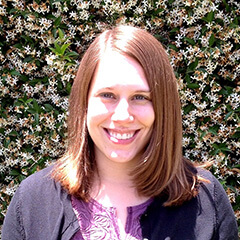

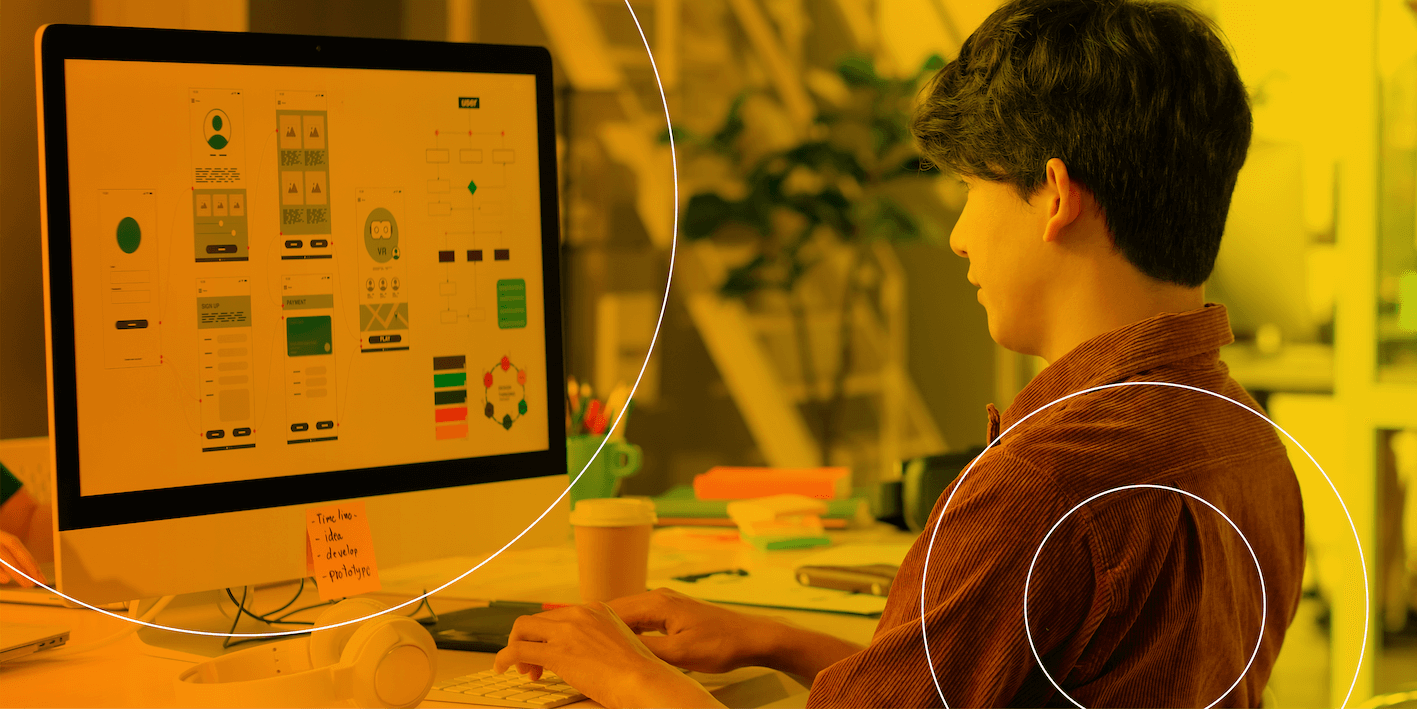
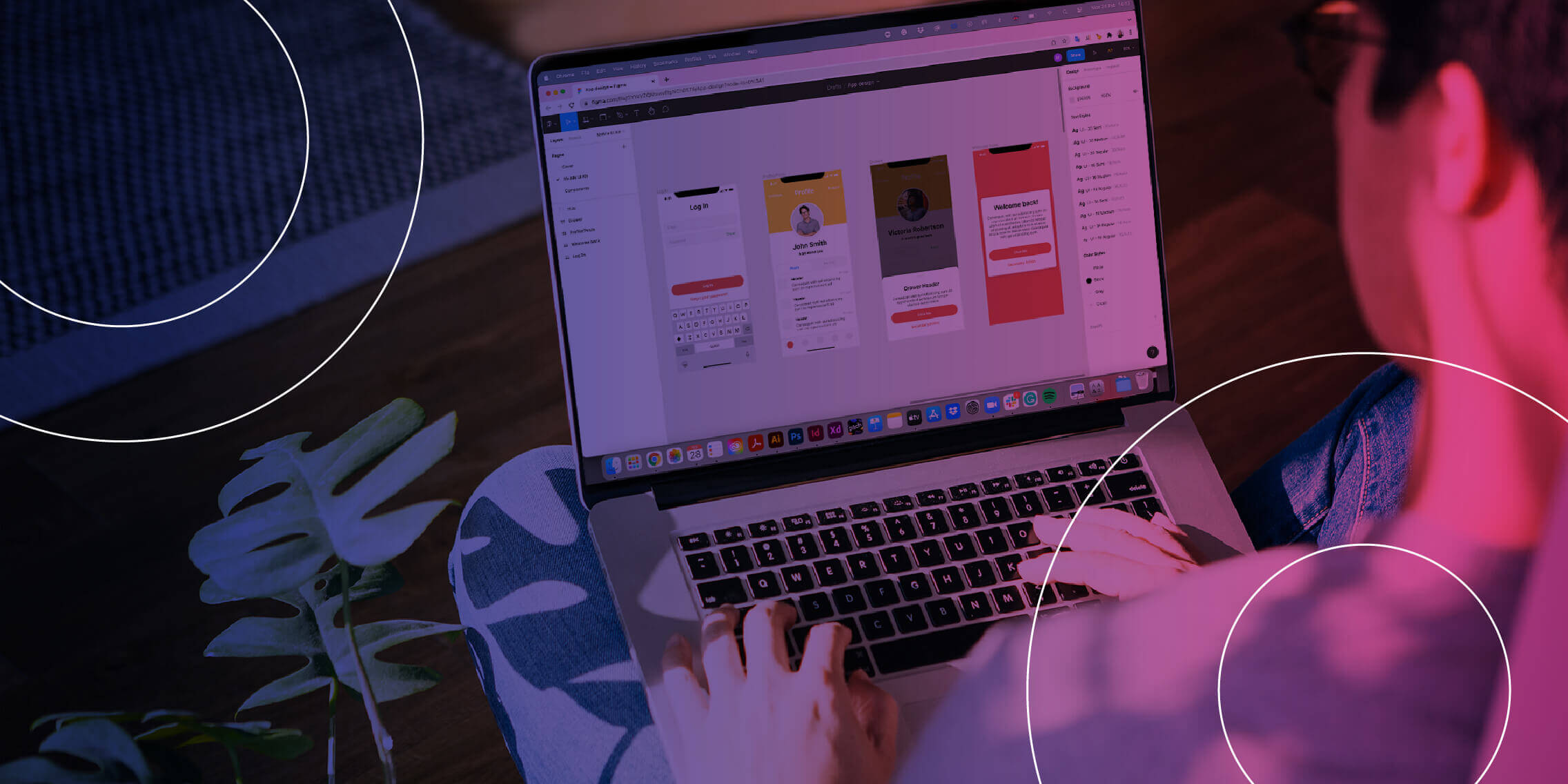 What’s the difference between a product designer and a UI designer?
What’s the difference between a product designer and a UI designer?